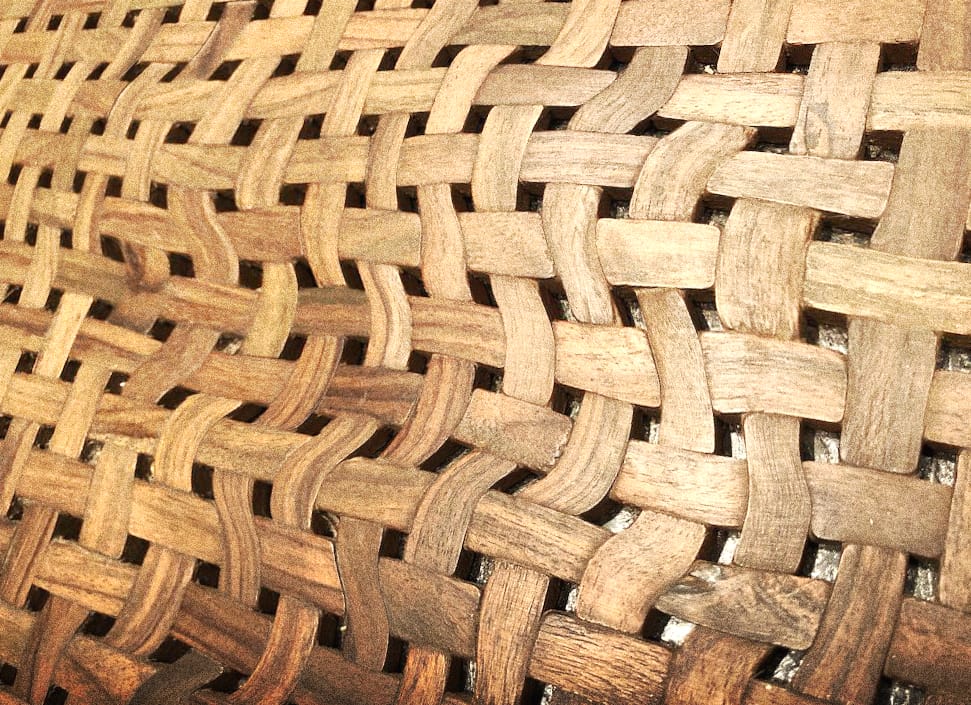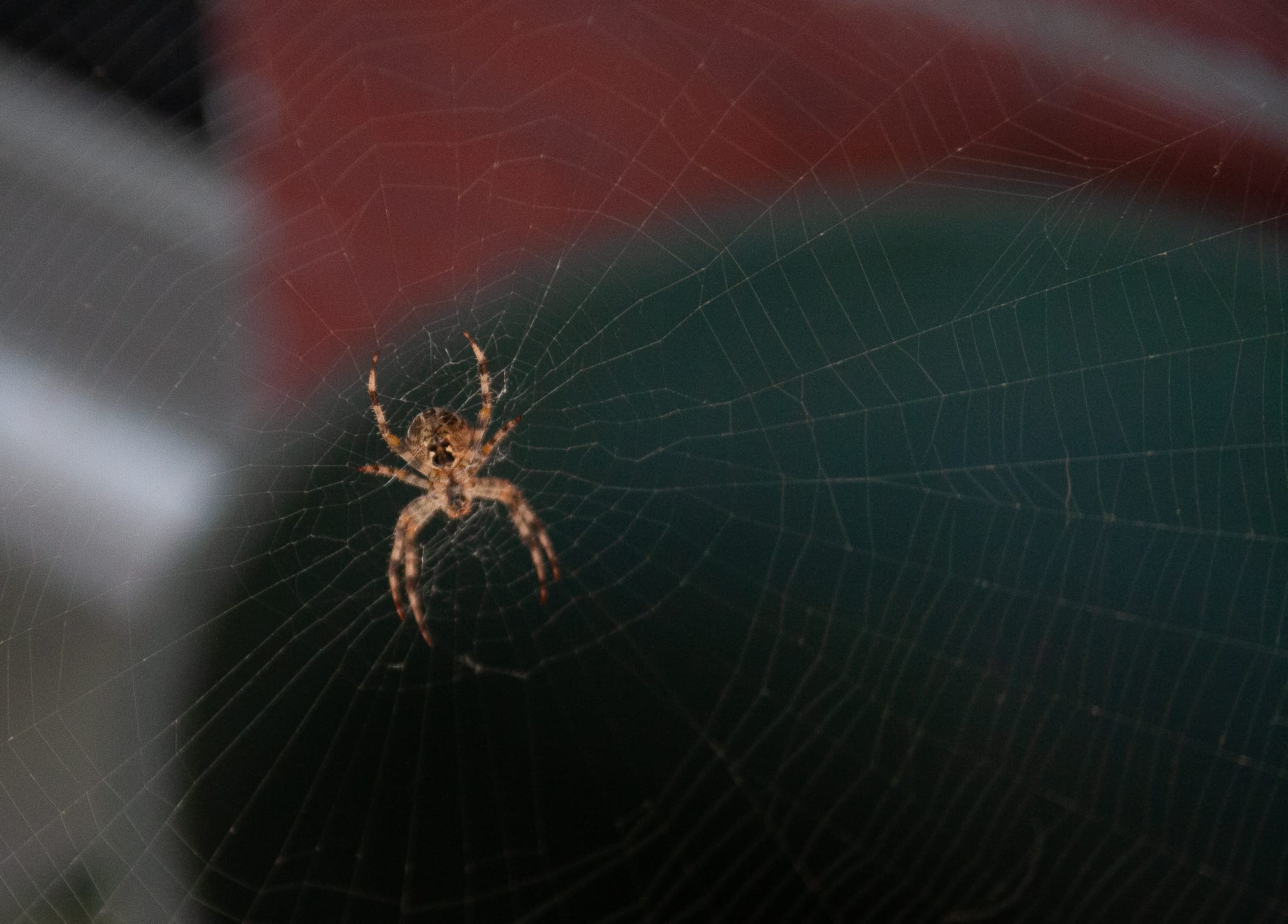
The idea of the brain
The search to understand who and why we exist goes back as far as the idea we have of ourselves. When and how the human being became conscious of himself, when and how the rest of nature equipped itself with mechanisms for apprehending reality, we know very little about it.
Reading Matthew Cobb’s [The Idea of the Brain](https://www.basicbooks.com/?s=the+idea+of+the+brain), the question remains unanswered. It is still all about possibilities and discoveries. The book tells us the story of this never-ending search for the reality of the brain, how this organ was presented through the centuries, how entire books have been and still being written about the brain of a fly larva, already complex to make us believe that we will never be able to climb the slippery walls of our own cerebral dimensions.
Each era has its own metaphor, from Descartes’ machine to the Manichean pistons of the 19th century, to the suppositions that the brain is a supercomputer endowed with immeasurable powers. The book tells us how, like blind men, we seek to grasp the way thoughts and sensations are created, formed, invented.
If we have discovered dendrites and synapses, connectomes and proto-this, proto-that, if we can see the lightning bolts coming out of the cortex fog, nothing yet allows us to affirm where our soul or consciousness is really located. For a while, it was believed that psychoses could be corrected with more or less potent doses of chemical substances, pulling on the strings of serotonin or dopamine. However, pharmaceutical science no longer invents anything, and madmen remain madmen. We return cautiously to electroshock therapy.
The book tells us a series of successes and failures, and although long to read, it describes a fascinating reality.
It was published in April 2020, I cannot judge the accuracy of all that is said. However, it makes all other books that claim to speak with certainty about left-brain and right-brain people suspect. It is true that if by accident, or by surgery, the corpus callosum that unites the two hemispheres is ruptured, the individual develops two very distinct personalities. However, this lasts a while. In its intelligent plasticity, the brain tends to restore order. Consciousness returns to itself, in the good gelatine that it is. The right brain receives help from the left, and the left ends up understanding the emotions that were, initially and in principle, the supposed territory of the right.
What is held in balance above our shoulders is a lighthouse whose foundations dip into a more mysterious ocean of evolution than the crucifixion, the illuminations or the sacrifices of any mystic.
How then can one contemplate one’s life if one does not know on what substratum it rests, how can one interpret it? How patient are the men and women who spend their lives dissecting fruit flies! Cobb gently reminds us that despite our digital fingers we are still moving forward, groping, through a mist that becomes opaque as the day dawns.
The author concludes his book with hypotheses that clash with each other. One day we will find out, for we are made of flesh and bones. Still, until then, the brain continues its existence, jealously guarding its mysteries in its fragile, deceptive, and unpredictable jelly. The adventure is marvelous, yet one must have the humility to know that we may never see the end of it. At least until the next metaphor.
[The Idea of the Brain. The past and future of neuroscience](https://www.basicbooks.com/?s=the+idea+of+the+brain), Matthew Cobb, Basic Books, New York. 2020.

